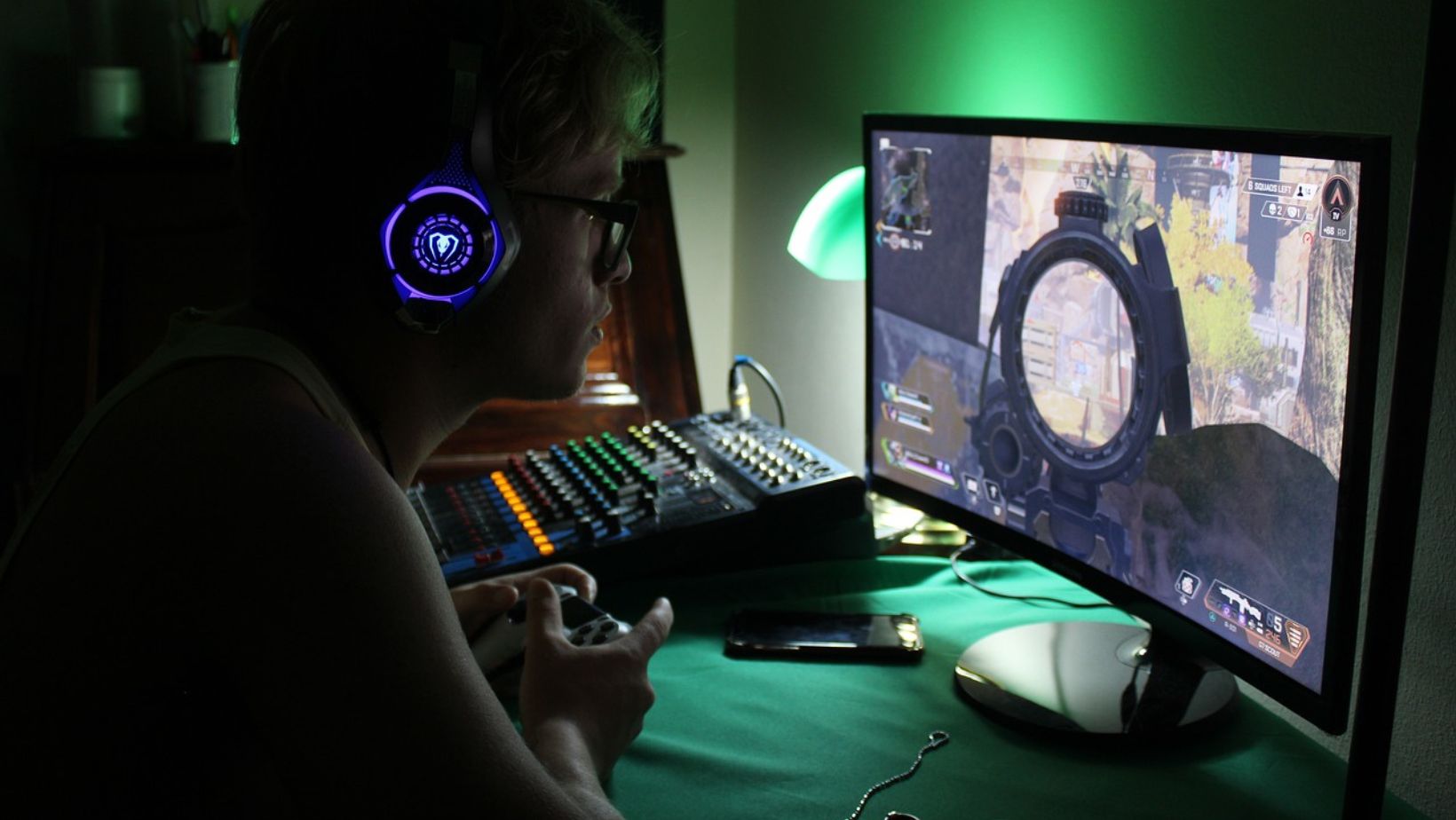Many players dream of having an impressive inventory, but very few succeed, even with enough budget and so many skins available in the market. Do you know why? It’s because these players are not aware of some of the essentials, and in this article, we’re going to cover everything you need to know. Ready to get started? Let’s jump right in!
How to Build Your Own CS2 Inventory
Here’s the first question to consider when building your inventory: What factors do pro players take into account when building their own CS2 skin collection? Don’t worry, we’re here to help you answer that!
Start with Budget-Friendly Skins
When building your CS2 inventory, it’s wise to start by focusing on budget-friendly skins that still have potential for growth. While knife or glove skins may seem tempting, they can be costly for beginners. Instead, look for skins with a lower entry price but good demand, such as popular rifle skins or cases that are frequently dropped. For instance, the Recoil Case, released on July 1, 2022, remains part of the active drop pool, making it a readily available and affordable option for new collectors. These skins tend to have a steady price increase over time, especially as they become rarer.
Diversify Your Collection
A balanced CS2 inventory is essential for long-term success in trading. Focus on collecting a range of different skin types, including popular rifles, rare knife skins, and gloves. Don’t put all your resources into one category, as this can limit your opportunities for growth. Diversifying ensures that your inventory is less susceptible to market fluctuations that can affect certain categories.
Monitor Community Demand and Events
Another important tactic for building your CS2 inventory is to pay attention to community demand and in-game events. Skins often experience price fluctuations during special events, seasonal updates, or when they are featured in competitive tournaments. For instance, skins used by professional players or those tied to major CS2 events tend to spike in value due to increased visibility.

Additionally, skins that become popular through streaming platforms or social media can see a significant rise in demand. To keep track of these changes, using a CS2 inventory checker can help you monitor the value and trends of skins in real time.
How to Get Skins in CS2
Now, let’s talk about getting skins. In this section, we’ll walk you through the top affordable and easy methods you can use to build your collection.
Open CS2 Cases
One of the most direct ways to get skins in CS2 is by opening cases. Although there is an element of chance involved, cases can provide a wide range of skins, from common to rare ones. By using in-game currency or real money, players can buy cases, which often include a mix of different skins, including some with higher rarity. While it may require a bit of luck, case opening remains a popular and exciting method for obtaining skins.
Purchase Skins from Marketplaces
If you’re looking for a more reliable way to obtain specific skins, buying from marketplaces is a great option. Platforms like the Steam Community Market or third-party websites allow you to browse a wide variety of skins and purchase the ones that fit your preferences or budget. While some skins might come at a premium price, buying them outright ensures you get exactly what you want without relying on luck.
Trade with Other Players
Trading is one of the most effective ways to build your skin collection. By negotiating with other players, you can exchange skins you no longer want for those that you desire. Platforms like Steam’s Community Market and third-party trading websites allow you to find fair trades. If you’re savvy, you can look for undervalued skins and then trade them for more desirable or rarer skins over time.
How Much Should You Pay for CS2 Skins
But how much should you be prepared to pay for your skins? Here are some factors to consider:
Rarity and Demand
When determining how much to pay for a CS2 skin, the rarity of the skin and its demand in the market plays a huge role.

Rare skins, especially those with higher rarity ratings like Covert or Classified, tend to be more expensive due to their limited availability and the high demand among collectors and traders. If skin is part of a popular collection or has been featured in special events, it could also command a higher price.
Condition and Wear
The condition of a skin, measured by its wear (Factory New, Minimal Wear, Field-Tested, Well-Worn, or Battle-Scarred), significantly impacts its price. Skins in better condition tend to cost more, as they look more visually appealing and maintain higher value. For example, a skin in Factory New condition can be sold for much more than the same skin in a Battle-Scarred condition.
Market Trends and Historical Prices
Before committing to a purchase, it’s wise to look at market trends and historical prices for the skin you’re interested in. Prices can fluctuate based on factors like updates, events, or changes in the meta, so understanding these patterns can help you determine a fair price. Check the skin’s price history on Steam or third-party sites to assess whether the price is too high or if it’s a good time to buy. If you notice a price drop or if the skin is trending upward, you may decide to act quickly to secure it at a reasonable cost.
Conclusion
In conclusion, in this article, we covered some essential tips to help you build your own inventory. We started with the secrets to creating a solid skin collection, then moved on to the methods of acquiring CS2 skins, and finally discussed the factors to consider when determining how much a skin is worth. That’s all from our side. Now, it’s your turn. Go ahead and apply what you’ve learned from this article, and enjoy the game!

